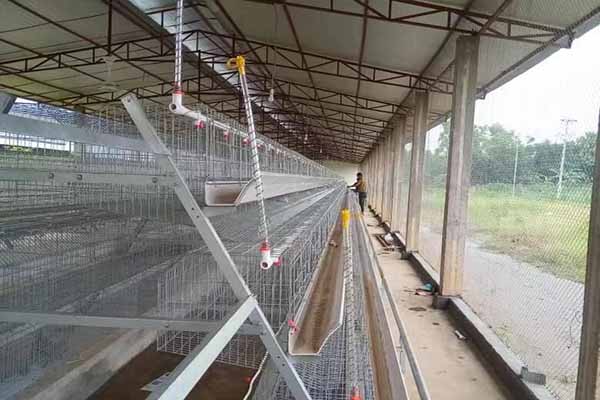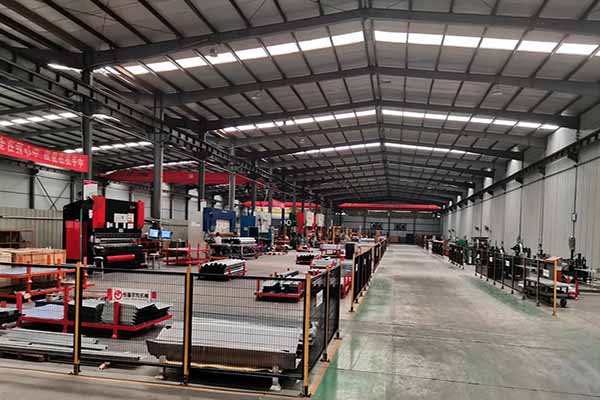Optimizing Chicken Farming in Uganda: The 120,000 Chicken Layer Battery Cage System
Uganda’s poultry industry has been experiencing significant growth, with a focus on improving efficiency and sustainability. One key aspect of this growth is the adoption of advanced farming systems. In this article, we delve into the layer battery cage system designed for 120,000 chickens, offering insights into its benefits and potential for Ugandan chicken farmers.

Understanding the Layer Battery Cage System
The layer battery cage system is a highly efficient method for raising hens for egg production. It provides a controlled environment for the chickens, ensuring their health and well-being. This system is suitable for large-scale operations like the one designed for 120,000 chickens in Uganda.
- Space Optimization: The system maximizes space utilization, allowing for a higher density of chickens per square meter.
- Health and Hygiene: The battery cage design minimizes the risk of disease transmission, ensuring healthy hens and high-quality eggs.
- Cost-Effectiveness: The system reduces labor costs by automating feeding, watering, and egg collection processes.
Key Features of the 120,000 Chicken Layer Battery Cage System
The 120,000 chicken layer battery cage system in Uganda features several innovative components that contribute to its success:
- Automated Feeding and Watering: This system provides precise feeding and watering, ensuring optimal nutrition and hydration for the chickens.
- Environmental Control: The system maintains optimal temperature, humidity, and air quality, creating a comfortable living environment for the chickens.
- Automatic Egg Collection: Eggs are collected automatically, reducing the risk of contamination and labor costs.
Benefits for Ugandan Chi cken Farmers
cken Farmers
Implementing the layer battery cage system for 120,000 chickens offers several benefits to Ugandan chicken farmers:
- Increased Production: The system allows for higher egg production per chicken, resulting in increased profitability.
- Reduced Disease Risk: The controlled environment minimizes the risk of disease outbreaks, leading to lower veterinary costs.
- Efficient Use of Resources: The system optimizes the use of water, feed, and energy, contributing to a sustainable farming practice.
Conclusion
As the Ugandan poultry industry continues to grow, adopting advanced farming systems like the 120,000 chicken layer battery cage system is crucial for success. This system offers numerous benefits, including increased production, reduced disease risk, and efficient resource use. If you’re a chicken farmer or investor interested in this system, contact us for a free chicken farming design and equipment quote.


